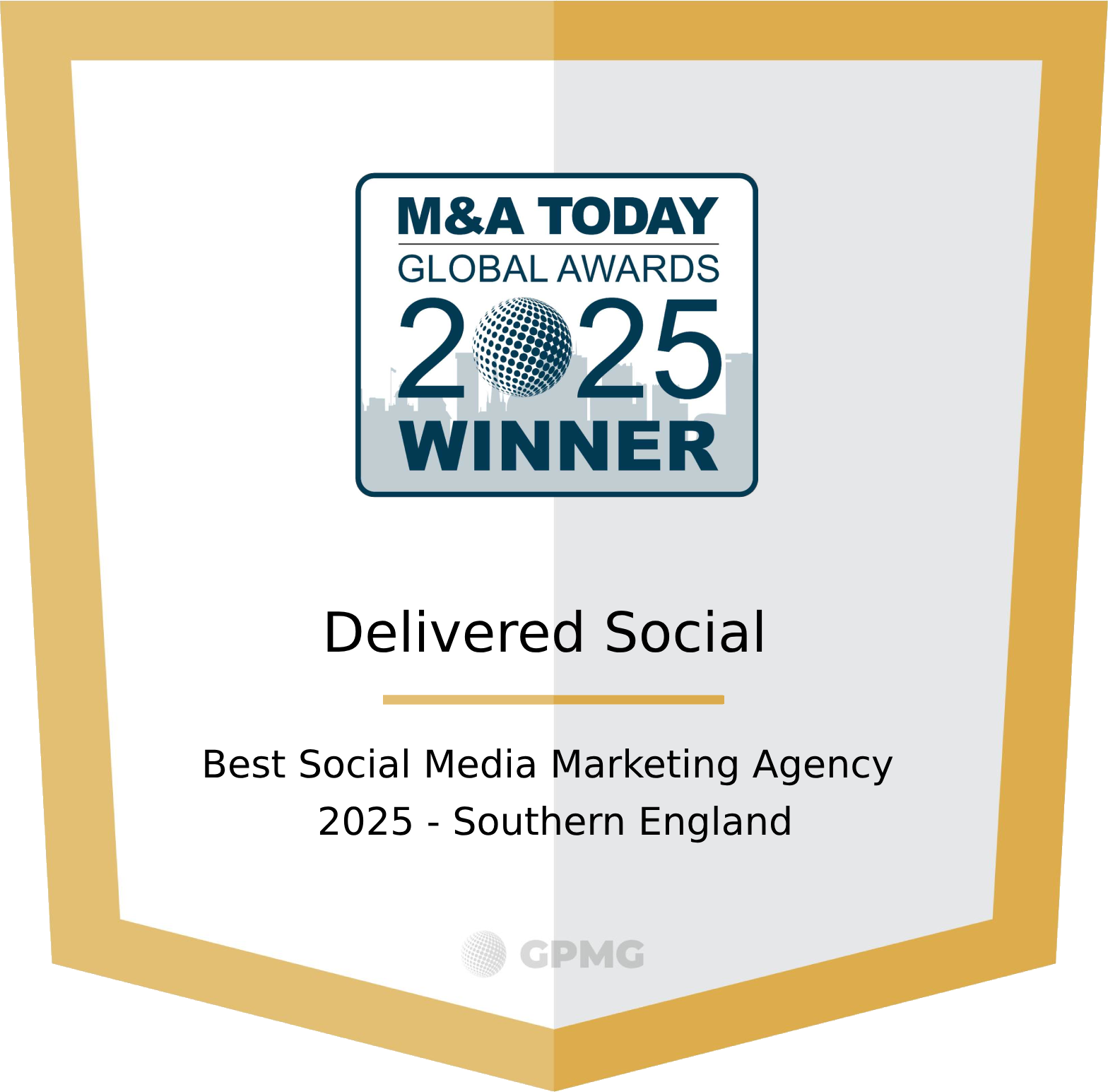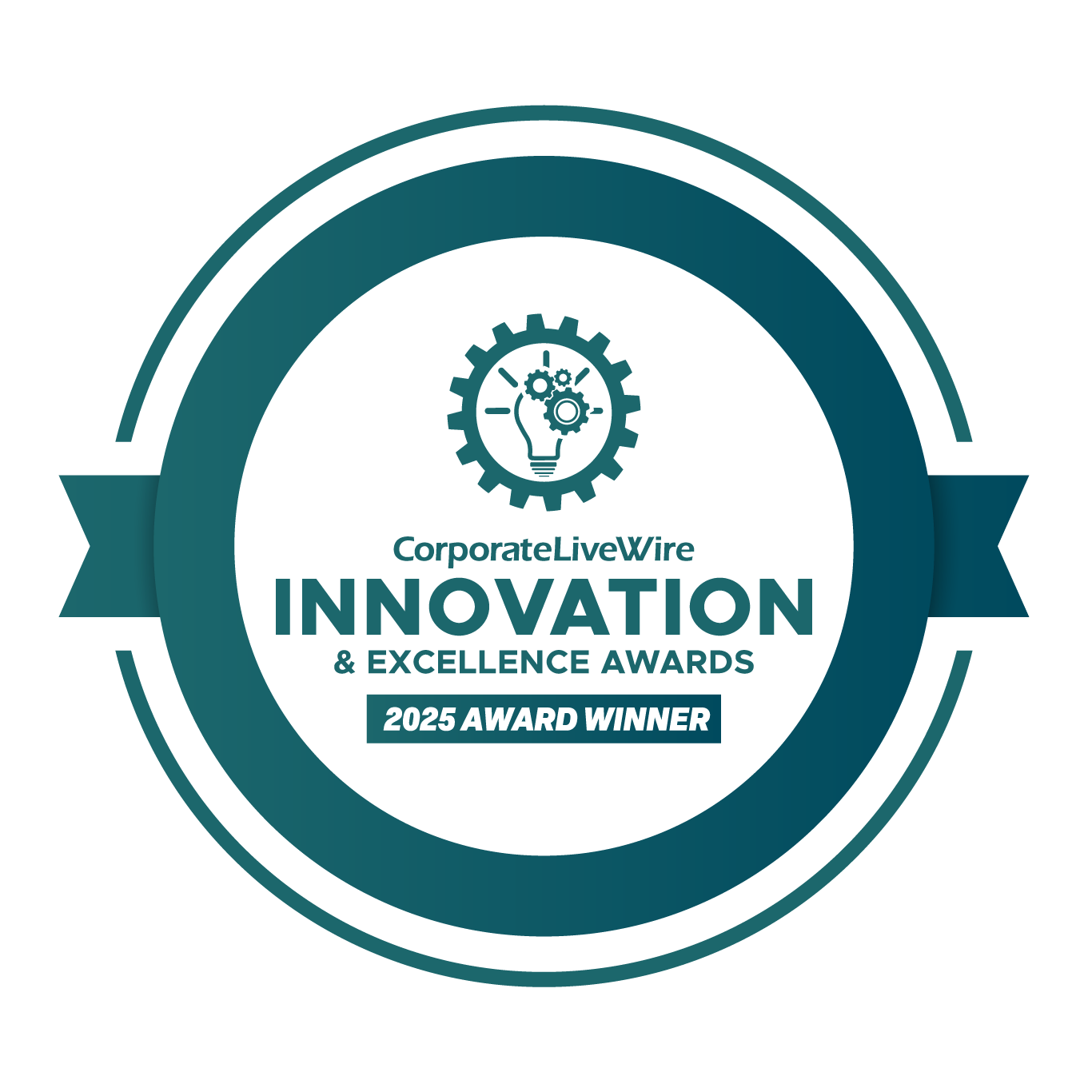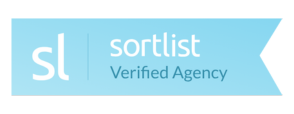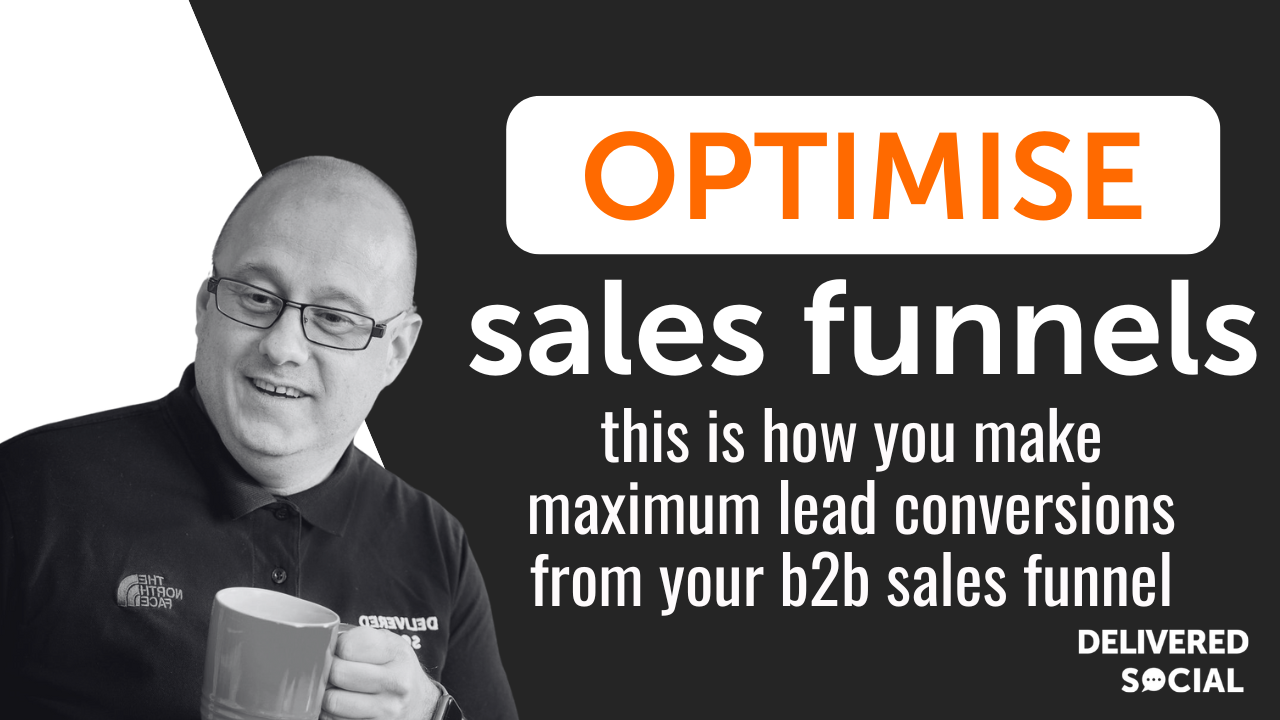
Want to optimise your B2B sales funnel to increase conversions?
- Define your ideal customer profile
- Create high-converting landing pages
- Leverage SEO and content marketing
- Use LinkedIn for targeted outreach
- Implement lead magnets and email nurturing
- Streamline the decision-making process
- Remove friction from the sales process
- Use retargeting ads to recapture lost leads
Many businesses struggle to turn leads into paying customers because their sales funnel isn’t structured properly. Whether it’s low-quality leads, slow follow-ups, or weak lead nurturing, an inefficient funnel results in lost revenue.
A B2B sales funnel is the process that guides potential clients from the first interaction with your business to the final sale. If your funnel isn’t optimised, leads will drop off before converting, leaving you wondering why your marketing efforts aren’t translating into actual sales. Improving your B2B sales funnel means fine-tuning every stage—from generating the right leads to nurturing them effectively and closing deals faster.
The good news? You don’t need a huge budget or complicated software to fix your funnel. Small adjustments, such as stronger landing pages, personalised follow-ups, and better lead scoring, can significantly boost conversions. In this article, we’ll cover:
- The stages of a B2B sales funnel and where businesses go wrong
- How to optimise your B2B sales funnel to attract high-quality leads
- Strategies to improve lead nurturing and increase conversions
- How to eliminate bottlenecks that slow down sales
By the end of this guide, you’ll have a clear strategy to improve your B2B sales funnel, generate better leads, and turn them into long-term customers.
Let’s start by breaking down the key stages of a B2B sales funnel and why each one matters.
Understanding The Stages Of A B2B Sales Funnel
To optimise your B2B sales funnel, you must first understand its stages. Many businesses lose potential customers because they fail to guide them properly from awareness to decision-making. A well-structured funnel ensures that leads progress smoothly, reducing drop-offs and increasing conversions.
Awareness stage: Attracting the right audience – This is the first step, where potential clients discover your business through search engines, social media, or referrals. If you struggle to attract leads, it may be because your visibility is too low.
- Use SEO-driven content marketing to reach your target audience.
- Run targeted LinkedIn and Google Ads to generate leads.
- Leverage referrals and partnerships to expand your reach.
Avoid casting a net too wide. If your messaging is too broad, you may attract people who are not the right fit for your services.
Interest stage: Engaging and educating leads – Once potential customers know about your business, they need a reason to stay engaged.
- Offer free resources like eBooks, webinars, and case studies.
- Use email marketing campaigns to provide insights and build relationships.
- Share engaging LinkedIn posts that address common industry challenges.
If your emails or content lack personalisation, your leads may lose interest quickly. A generic approach makes it difficult to stand out.
Consideration stage: Building trust and demonstrating value – At this stage, leads are comparing options, evaluating reviews, and deciding whether your solution meets their needs.
- Provide detailed case studies to show how your service has helped similar businesses.
- Offer free consultations or product demos to showcase your value.
- Use retargeting ads to stay visible to leads considering multiple options.
Businesses that focus too much on technical features instead of benefits often struggle at this stage. Leads need to see how your service solves their problem.
Decision stage: Converting leads into customers – This is the final step where leads decide whether to proceed with your business.
- Offer limited-time incentives to encourage quicker decision-making.
- Simplify your checkout or contract signing process to reduce friction.
- Use testimonials and guarantees to reassure hesitant buyers.
A complicated buying process is a common mistake. If leads face too many steps or unclear pricing, they may abandon the process altogether.
A well-structured B2B sales funnel ensures that leads remain engaged and move efficiently through each stage. Understanding these steps allows businesses to identify weak points and make necessary improvements.
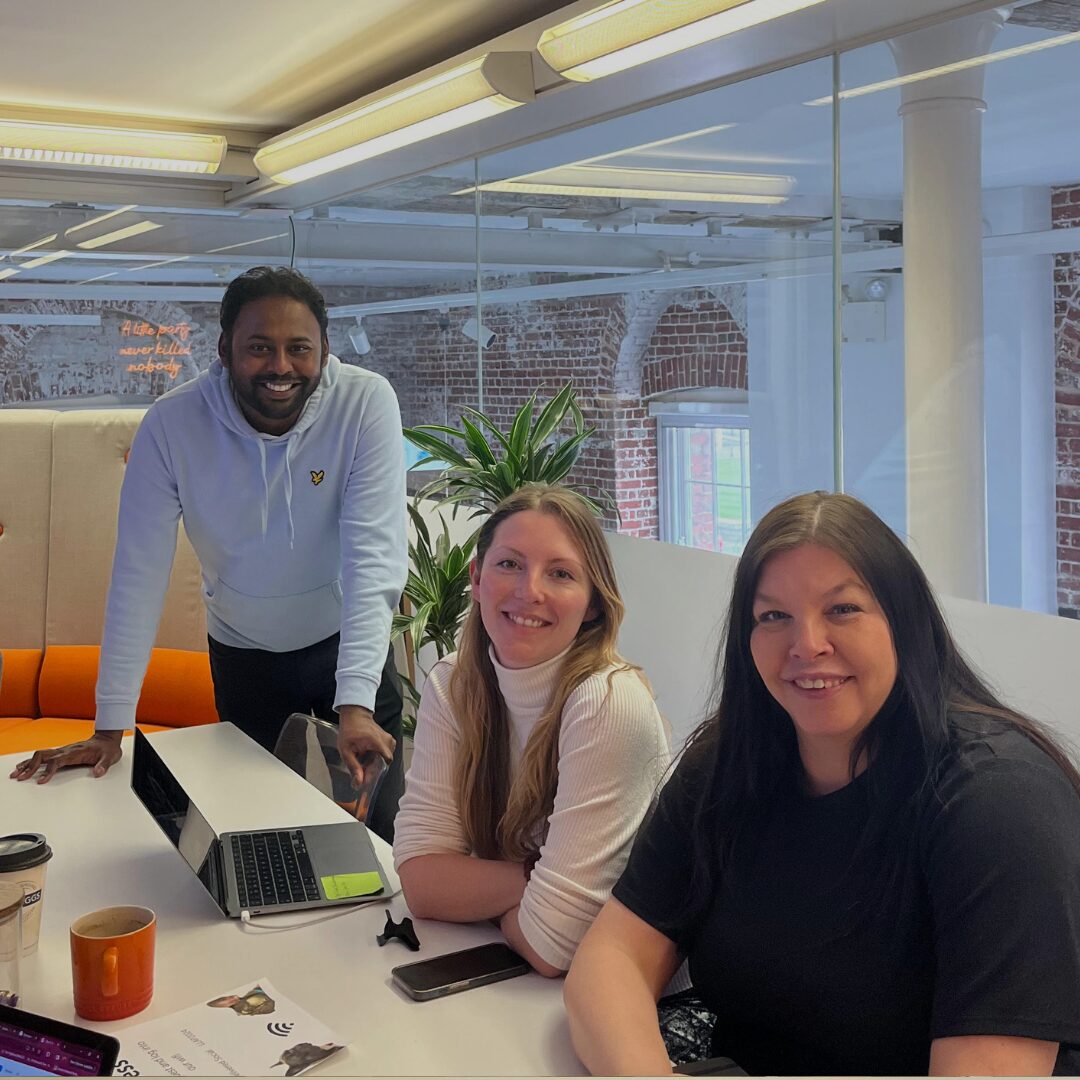
How To Optimise Your B2B Sales Funnel For Better Lead Generation
Attracting leads is one of the biggest challenges in B2B sales. A well-optimised sales funnel ensures that potential clients don’t just visit your website or engage with your content but actually move towards becoming paying customers. If your lead generation efforts are not yielding results, it’s time to refine your approach.
Define your ideal customer profile – Before generating leads, you need to be clear on who you’re targeting. An undefined audience leads to wasted marketing spend and low-quality leads.
- Identify your target industry, company size, and key decision-makers.
- Use LinkedIn and CRM data to analyse existing customer trends.
- Focus on pain points your business can solve.
Failing to define your ideal customer results in generic messaging that doesn’t resonate with the right people.
Create high-converting landing pages – A strong landing page is essential for turning website visitors into leads. If your landing pages are not optimised, potential clients may leave without taking action.
- Use a clear headline that communicates your value instantly.
- Keep the form short and simple—only ask for essential details.
- Add testimonials, case studies, or success metrics to build trust.
Landing pages that contain too much information or require excessive form fields often have high bounce rates.
Leverage SEO and content marketing – Content plays a major role in attracting leads, but it needs to be optimised for search engines and audience intent.
- Use high-intent keywords in blog posts and landing pages.
- Create how-to guides, industry insights, and whitepapers that provide value.
- Optimise for long-tail search queries that potential clients are searching for.
If your content is too promotional or lacks depth, it won’t rank well or drive organic leads.
Use LinkedIn for targeted outreach – LinkedIn is a powerful platform for B2B lead generation, but outreach must be strategic.
- Personalise connection requests and messages instead of using generic sales pitches.
- Post industry insights and case studies to attract inbound leads.
- Engage with decision-makers through thoughtful comments and discussions.
Sending too many connection requests without meaningful engagement can lead to being ignored or blocked.
Implement lead magnets and email nurturing – Capturing leads is only the first step. Nurturing them through targeted follow-ups increases conversion rates.
- Offer free eBooks, templates, or webinars in exchange for email sign-ups.
- Use automated email sequences to educate and build trust over time.
- Send personalised follow-ups based on user behaviour.
If leads are not nurtured properly, they may forget about your business and go to a competitor instead.
A well-optimised B2B sales funnel doesn’t just bring in leads—it brings in the right leads. The next section will cover how to improve lead nurturing techniques to turn potential clients into long-term customers.
Improve Your B2B Sales Funnel With Lead Nurturing Techniques
Generating leads is just the beginning of the sales process. If leads are not properly nurtured, they often lose interest, go to a competitor, or simply forget about your business. To improve your B2B sales funnel, you must focus on lead nurturing strategies that build trust, provide value, and move prospects closer to making a purchase.
Use personalised email sequences – Generic email blasts rarely lead to conversions. A well-planned email sequence that delivers relevant content at the right time keeps your leads engaged and more likely to take action.
- Send a welcome email with useful resources and an introduction to your services.
- Provide educational content, such as case studies, blog posts, or industry reports.
- Include a soft call-to-action (CTA) in each email to encourage further engagement.
Many businesses fail because they either spam leads with too many sales messages or neglect to follow up at all. A balanced email strategy keeps leads interested without overwhelming them.
Score your leads to prioritise follow-ups – Not all leads are equal. Some are ready to buy, while others need more time. Lead scoring helps businesses rank leads based on engagement and intent, allowing sales teams to focus on the most promising prospects.
- Assign points based on email opens, website visits, and content downloads.
- Identify high-scoring leads for immediate follow-ups.
- Use automation tools to move leads between nurturing stages.
Without lead scoring, businesses waste time on cold leads while missing out on potential high-value customers.
Leverage retargeting ads – Many leads visit your website, explore your content, and leave without taking action. Retargeting ads help bring them back by reminding them about your products or services.
- Use LinkedIn, Google, or Facebook retargeting ads to stay top of mind.
- Show personalised offers based on previous interactions.
- Keep messaging subtle and engaging, not overly pushy.
A well-timed retargeting ad can reignite interest and push leads further down the funnel.
Use LinkedIn for engagement – Many B2B buyers use LinkedIn to research vendors before making decisions. Engaging with leads on LinkedIn adds a personal touch and increases trust.
- Comment on their posts and share industry insights.
- Send value-driven messages, rather than direct sales pitches.
- Post success stories or testimonials that showcase your results.
A relationship-first approach on LinkedIn builds credibility and keeps your brand at the forefront of decision-makers’ minds.
A strong lead nurturing strategy ensures that no potential customer is lost due to lack of follow-up. The next section will cover how to eliminate bottlenecks in your sales funnel and convert leads faster.

Eliminating Bottlenecks: Optimising Your B2B Sales Funnel For Faster Conversions
A poorly optimised B2B sales funnel often causes delays, confusion, or drop-offs that prevent leads from converting into paying customers. If your prospects are losing interest, taking too long to make decisions, or failing to respond, your funnel may have bottlenecks slowing down the process. To optimise your B2B sales funnel for faster conversions, you need to identify these weak spots and remove them efficiently.
Identify where leads are dropping off – The first step in fixing a slow funnel is finding out where potential customers are getting stuck or leaving the process.
- Check your CRM data and website analytics to see where leads disengage.
- Identify stages with long delays (e.g., slow response times from sales teams, lengthy decision-making phases).
- Survey past leads to understand why they didn’t move forward.
If a high percentage of leads are dropping off after an initial consultation, for example, it may indicate that your follow-up strategy needs improvement.
Shorten the sales cycle with better communication – Many B2B sales processes drag on because prospects don’t receive timely follow-ups or clear next steps.
- Set up automated follow-up sequences to keep leads engaged.
- Ensure that sales reps respond to inquiries within hours, not days.
- Use clear CTAs in emails and proposals to encourage quick decision-making.
A slow response time from your team can push leads towards a competitor with a faster follow-up process.
Streamline the decision-making process – B2B sales cycles often involve multiple decision-makers, which can slow things down. To improve this:
- Offer pre-packaged solutions with clear pricing rather than long negotiation phases.
- Provide testimonials, case studies, or ROI breakdowns to speed up approval from stakeholders.
- Use video proposals or live demos instead of lengthy PDF documents.
Giving prospects all the information upfront reduces hesitation and speeds up the buying process.
Remove friction from your sign-up or purchase process – If leads find it difficult to book a call, request a demo, or sign a contract, they may abandon the process.
- Simplify contact forms by only requesting essential details.
- Offer multiple payment or contract options to make decisions easier.
- Ensure that your website and sales pages are mobile-friendly and easy to use.
If a lead is ready to buy but faces technical difficulties or complicated steps, you could lose them at the final stage.
A B2B sales funnel should make it easy for leads to convert without unnecessary delays or obstacles. The next section will wrap up the key takeaways and provide actionable next steps for businesses looking to refine their funnel.
Supercharge Your B2B Sales Funnel And Convert More Leads
A well-structured sales funnel is the difference between a business that struggles to convert leads and one that consistently closes deals. If you want to optimise your B2B sales funnel, you need to focus on attracting the right leads, nurturing them effectively, and removing friction from the sales process.
We’ve covered the key areas that impact lead conversion, including lead generation, nurturing strategies, and eliminating bottlenecks. By applying these tactics, you can improve your B2B sales funnel, ensuring that fewer leads drop off and more prospects move towards making a purchase.
At Delivered Social, we specialise in helping businesses optimise their sales funnels to achieve higher conversions and faster results. Whether you need better lead generation strategies, automation for follow-ups, or a clearer sales process, our team is here to help.
If you’re unsure where your sales funnel is failing, why not pop into our free Social Clinic? We’ll take a look at your current strategy, discuss what’s working, and identify areas for improvement—all at no cost to you.
Book a session today and let’s start turning your leads into customers.
Interested In Working Together?
Introducing Delivered Social. We’re The Most-Rated Digital Agency In Surrey & Hampshire – We’ve Got To Be Doing Something Right.
Delivered Social is a digital marketing agency with one mission—to help businesses grow. We’re famous in Guildford and Portsmouth for our social clinics. We believe in free advice. We build lasting relationships because our team prides itself on being helpful, which our clients appreciate.
If you are looking for a new website or an agency to manage your social media presence, we can help.
If you need something slightly different, here's a super handy list of all our services, or you can always email us.









